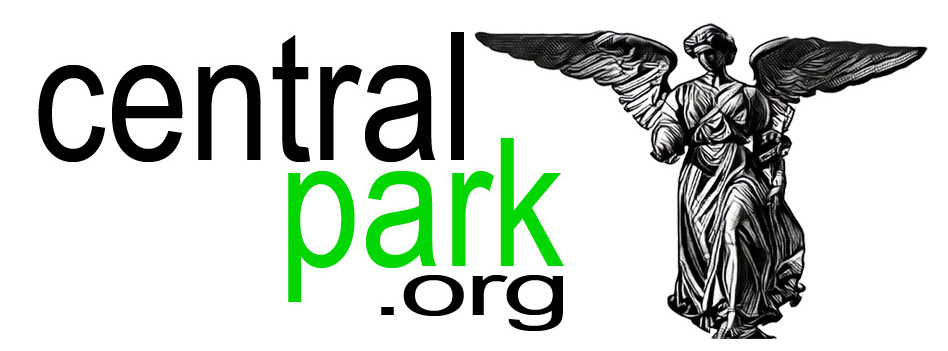Ornamental Grass
 Ornamental Grass – includes not only true grasses (Gramineae) but close relatives such as sedges (Cyperaceae), rushes (Juncaceae), hardy bamboos (particularly the genus Phyllostachys), and others.
Ornamental Grass – includes not only true grasses (Gramineae) but close relatives such as sedges (Cyperaceae), rushes (Juncaceae), hardy bamboos (particularly the genus Phyllostachys), and others.
The Ornamental Grasses in the Conservatory Garden serve a number of vital functions in the floral landscape. Aesthetically they provide for a number of purposes that are not always readily apparent to the casual park visitor. Just as extras in a movie screen are generally taken for granted, the garden visitor seldom gives the framing groups of sedge or rushes a second thought. He, or she, barely notices them while admiring the colorful blossoms that stand center stage in the many flower beds around the Garden. But the grasses provide more than simply a backdrop for their more ornately clad cousins. For one thing Ornamental Grasses provide movement. Picture a garden with its seasonal beds of flowering shrubs and perennials. The blossoms stand tall, or bend down, or lie along the ground, but in general they are motionless; static elements in the floral tableau. Now, add some tall, green Zebra Grass (Miscanthus Sinensis) to the background. The grass waves gently in the summer air, providing a kinetic quality to the display that accentuates the beauty of the flowers. (Think of a Ken Burn’s documentary, there isn’t any film from the Civil War, but through the skillful use of editing he moves the photos across the screen, giving them a three-dimensional depth and an historic resonance they might not otherwise have possessed.) Without the grass there is no movement and so the flowers form a beautiful, if somewhat static, Hallmark Card image; with the sedge in the background, slow dancing with the breeze, the picture takes life, touches memory, becomes fragrant cinema.
Not to beat the film metaphor completely into the mulch, but the ornamental grasses also provide the garden’s soundtrack. They rustle softly throughout the year giving an aural accompaniment to the garden’s remarkable visual performance. (Yes, there are bees, but lets face it, they’d be pretty annoying if they were the only thing you heard, wouldn’t they?)
And lastly, the grasses planted around the flower beds provide continuity throughout the changing seasons. While spring turns into summer, and summer morphs into fall, they provide a backdrop that softens the stark change in scenery. They also, along with the trees and shrubs, extend the garden’s life well into winter. The flowers may be gone in December, but the dried seed husks of the variegated grasses wave and whisper, ruefully, in the wind and catch the snow as it swirls by.
While the Ornamental Grasses are hardly the stars of the show, they do have a critical role in the flowering extravaganza, providing an understated, but integral counterpoint to the flashy show around them.
Conservatory Garden
 One of the hidden wonders of Central Park is the Conservatory Garden at Fifth Avenue and 105th St. A secluded oasis, just a few steps down from one of the City’s busiest thoroughfares; the garden offers a fragrant respite from the gasp and clatter of the urban afternoon.
One of the hidden wonders of Central Park is the Conservatory Garden at Fifth Avenue and 105th St. A secluded oasis, just a few steps down from one of the City’s busiest thoroughfares; the garden offers a fragrant respite from the gasp and clatter of the urban afternoon.


